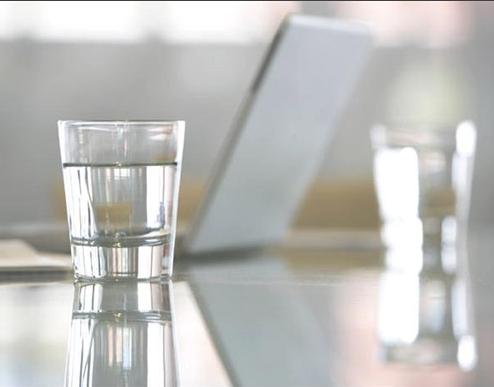Dehydration Dangers
As the warmer weather approaches, it’s important to drink more water and stay hydrated in the workplace and at home. Easy to say but harder to do, and sustain!
Dehydration can be dangerous and occurs when our body loses more fluid than we drink. The most common cause of water loss from the body is excessive sweating and urination but other factors, illness and conditions can contribute to this state. Most of us know that the suggested amount of water to drink is eight to 10 glasses per day and for those on the go, playing sport or exposed to high temperatures, they must consume even more.
When too much water is lost from the body, the organs, cells, and tissues fail to function as they should, which can lead to varying and dangerous complications. Dehydration can be mild and treated at home, whereas severe conditions need to be treated in a medical environment.
Some people are at a higher risk of developing dehydration than others, including workers exposed to excessive amounts of heat, individuals with chronic illnesses, sports people, young children, and of course the elderly.
Older people are particularly vulnerable to dehydration and too often we read about this in the media, but this can be complicated by many medical conditions, and mental and physical frailty can further increase the risk. Recognising when an older person is not drinking enough and helping them to drink more is important.
Age UK states that thirst in older people may not be relied on as a sole indicator of dehydration and is more pronounced in Alzheimer’s and stroke patients. A recent article in the Times reviewed the useful memory aids now on the market that can encourage dementia sufferers to drink the next glass.
Dehydration adversely affects mental performance and increases feelings of tiredness, including memory, attention, concentration and reaction time, reports the British Nutrition Foundation. Common affects as a result of dehydration include low blood pressure, weakness, dizziness and increased risk of falls.
Look out for signs of dehydration that include a dry mouth, lips and tongue; sunken eyes; dry inelastic skin; drowsiness; confusion or disorientation; dizziness and low blood pressure. Many of these signs are subjective and can present in other conditions. The colour of urine can also be a useful guide; urine that is odourless and pale in colour generally indicates good hydration, dark coloured urine is a common indicator of dehydration.
So monitoring fluid intake is a good method to ensuring good hydration. We have developed a free handy hydration app to help count your glasses and remind you to take the next drink, at your desk or on the go!
Regarding our family, work colleagues and elderly relatives, it’s vital to increase our awareness of the importance of hydration. It can make a difference to health, well being and better quality of life. Make sure your team has access to chilled and filtered water that tastes so much better and does encourage us to keep topped up. Water coolers and water dispensers in the home and office space are great in doing this.




